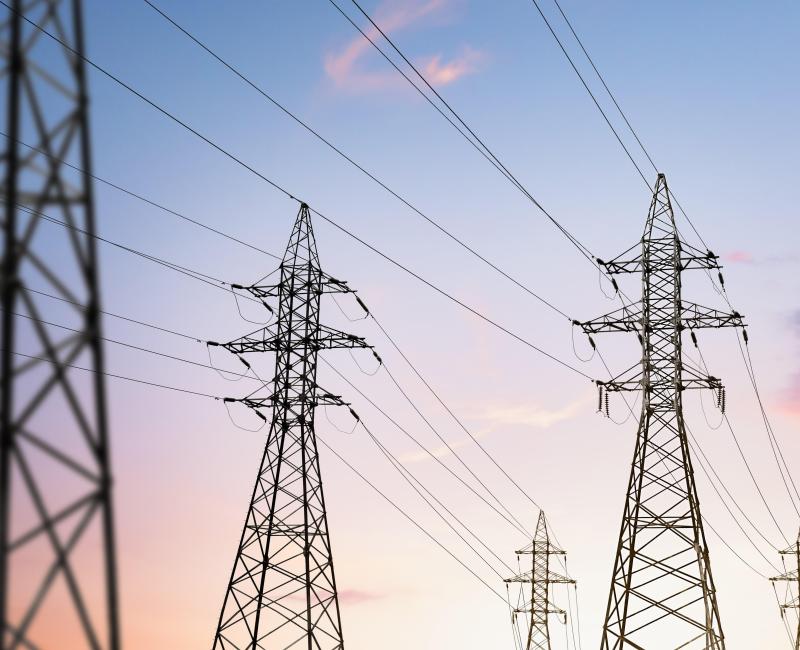Unlocking flexibility: ACER’s 12 no-regret actions to remove barriers to demand response

Unlocking flexibility: ACER’s 12 no-regret actions to remove barriers to demand response
What is it about?
The ACER report Unlocking flexibility: No-regret actions to remove barriers to demand response identifies persistent barriers to demand response and proposes 12 no-regret actions to remove them.
The report is a roadmap and a call to action for policymakers, system operators, regulators, and market participants to act now. These actions will enhance flexibility, improve system efficiency, reduce consumer costs, and support the energy transition.
What are flexibility and demand-response?
Demand is the consumer side of the electricity market. Demand response is when consumers (or aggregators on their behalf) adjust their electricity consumption and generation in response to a change in the electricity market price (or a financial incentive) to increase/decrease/shift the timing of their electricity consumption.
Power system flexibility is the electricity system’s ability to adjust to changing generation, consumption and grid conditions. Distributed energy resources, including demand response, energy storage, and distributed generation, play a key role in providing this flexibility.
Demand response supports more variable renewable generation and demand-side resources being added to the power grid. When consumers respond to price signals and actively participate in electricity markets, the benefits extend beyond them, helping to reduce price volatility for all consumers.
How is unlocking demand response linked to energy bills and the clean energy transition?
Consumers have an important role to play in energy markets and the shift to cleaner energy. Enabling demand response supports this transition.
Recognising this, the first action of the European Commission’s Action Plan for Affordable Energy (February 2025) is to make electricity prices more affordable.
One way to achieve this is by increasing flexibility in the power system. Greater demand response helps reduce price volatility and price spikes, makes it easier to integrate renewables, and increases overall system resilience.
What are ACER’s recommendations?
The ACER report sets out 12 concrete actions to remove the barriers to demand response, calling, for example, for:
- Stronger price signals through dynamic pricing and time-of-use tariffs to encourage consumer participation.
- Simplified market entry allowing aggregators and small players to provide flexibility services.
- Wider adoption of smart meters to enable real-time demand response.
ACER and the national regulatory authorities (NRAs) agree to follow the actions set out in the report and call on policymakers, Member States, system operators, and market players to similarly focus on these 12 actions.
Interested in the topic? Read ACER’s recommendation on the Network Code on Demand Response, which provides further insights into the regulatory framework supporting flexibility in electricity markets.









